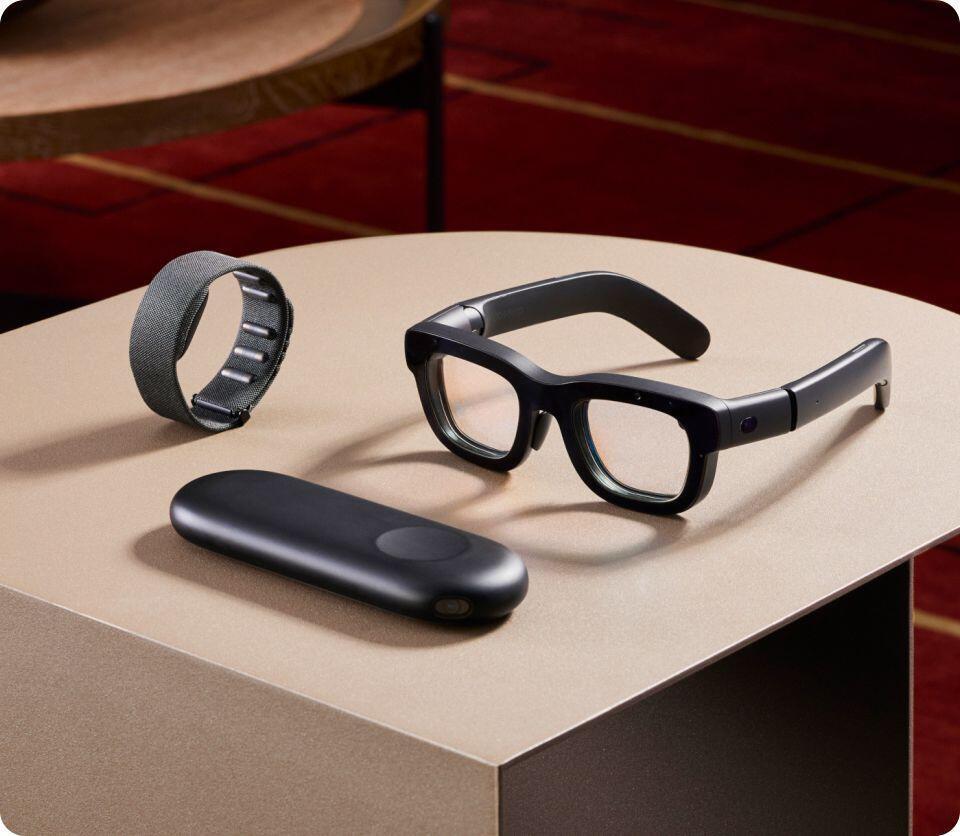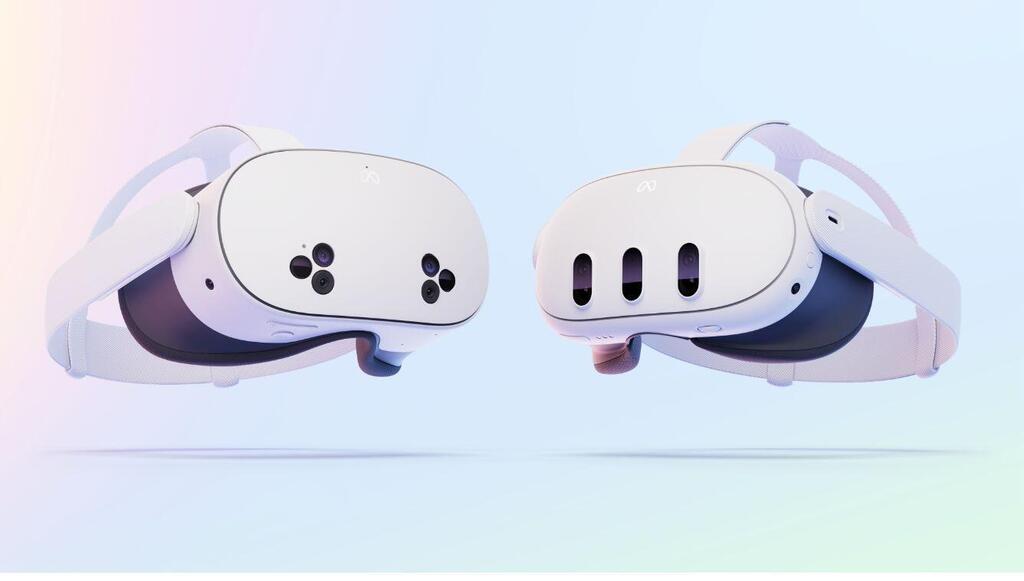Meta’s vision for the future: Smart glasses with gesture controls and built-in displa
April 4, 2025
Meta is accelerating the development of a premium version of its popular Ray-Ban Meta smart glasses, aiming to include hand gesture controls and a small built-in screen to display photos, notifications, and apps. According to Bloomberg, the company plans to launch its first glasses with an integrated display by the end of this year. This move is a critical step in challenging the dominance of Apple’s iPhone and other mobile devices.
Internal estimates suggest the new model will cost over $1,000, potentially reaching $1,300–$1,400. For comparison, the current Ray-Ban Meta glasses start at $299 and have been a surprising commercial success. Meta plans to continue offering the more affordable model while hoping its popularity drives users to upgrade to the premium versions. Other companies, including Amazon, have also announced plans to develop their own smart glasses to compete with Meta.
The price increase is largely due to the addition of a monocular display (for one eye), positioned in the lower-right corner of the right lens. This design allows information to be visible primarily when the user looks downward. While not full AR glasses like those by Apple or Samsung-Google, the concept is closer to Google Glass from a decade ago. Meta is already working on a second-generation product, called “Hypernova 2,” expected to feature a binocular display (for both eyes) and slated for release in 2027.
The new glasses will include apps for taking photos, viewing images, accessing maps, and receiving notifications from phone apps like Messenger and WhatsApp. The glasses will continue to rely on the Meta View app, just like the current Ray-Ban Meta version, for managing features such as photo and video capture, AI access via built-in microphones, and pairing with phones for calls and music playback.
Meta is also introducing a new control method: a “Neural Wristband” called “Ceres,” which lets users control the glasses with hand gestures. For example, rotating one’s hand scrolls through apps, while pinching selects items. The wristband is expected to be included with the glasses. Touch controls on the glasses’ sides will still be available for tasks like swiping through apps or tapping to select.
The glasses will feature an upgraded camera. Internally, Meta compares the current 12-megapixel camera to the iPhone 11 (2019) and aims to match the performance of the iPhone 13 (2021) in the new model. A redesigned carrying case, known as “Heres,” will have a foldable, triangular prism shape.
Meta’s AR ambitions go beyond the new glasses, with prototypes for advanced AR products already in development. The “Orion” prototype unveiled last year is expected to evolve into a consumer product called “Artemis,” slated for release around 2027. These full AR glasses aim to overlay interactive visuals and information in the real world, requiring significantly more advanced and expensive technology than the simpler heads-up display in the Hypernova glasses.
Meta is also working on a more basic model, code-named “Supernova 2,” which will lack a display but focus on sports-friendly designs inspired by Oakley glasses. This version, currently being tested, will target activities like cycling.
The company is considering whether to merge its various AR product lines (like Artemis and Hypernova) or to release them separately at different price points. Either way, Meta is positioning itself as a leader in AR development, aiming to outpace competitors and set the standard for future augmented reality technology.
While many expected Meta to develop its own operating system for the glasses, the current plan is to use a customized version of Google’s Android system. The glasses will not include a built-in app store initially, likely relying on Android’s XR platform. This decision aligns Meta with Google’s virtual reality ecosystem, which could attract other manufacturers to the platform.
Meta has faced setbacks in the past, such as canceling a camera-free version of the Ray-Ban glasses (codenamed “Luna”) to reduce costs and improve privacy. Despite such shifts, Meta remains determined to lead the AR race, using products like Hypernova to establish a foothold before advancing to fully immersive AR experiences.
Search
RECENT PRESS RELEASES
Related Post







